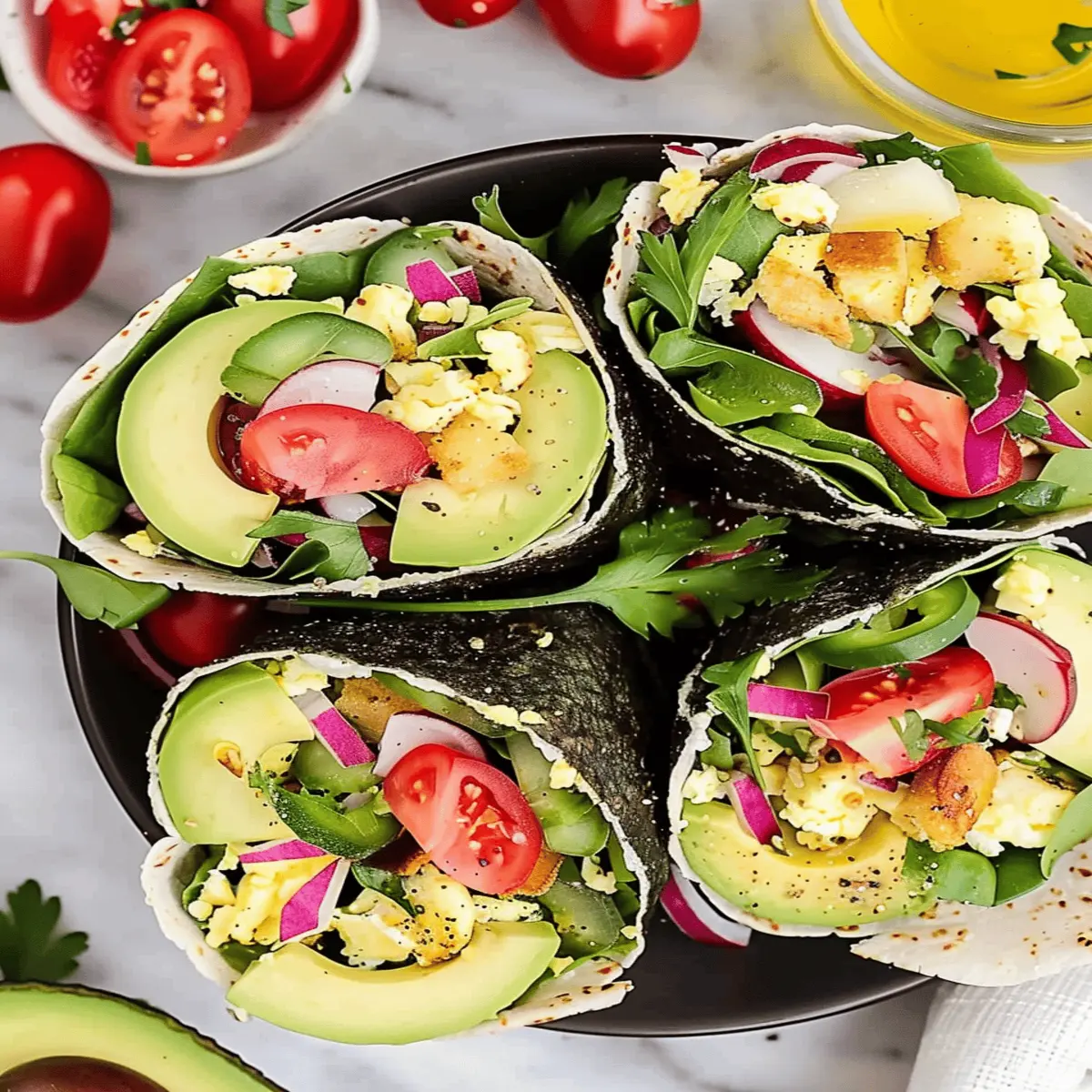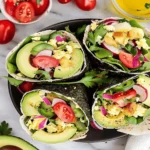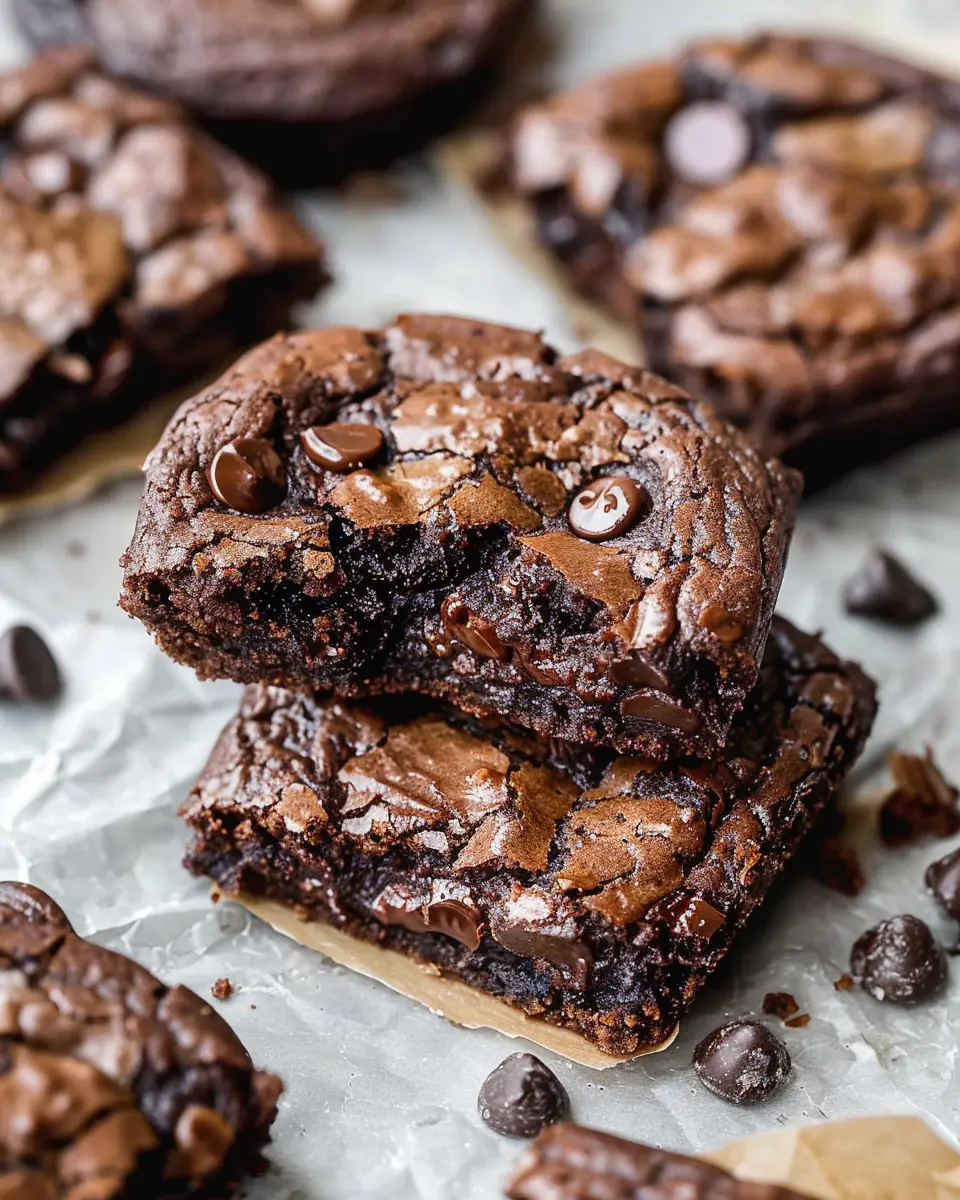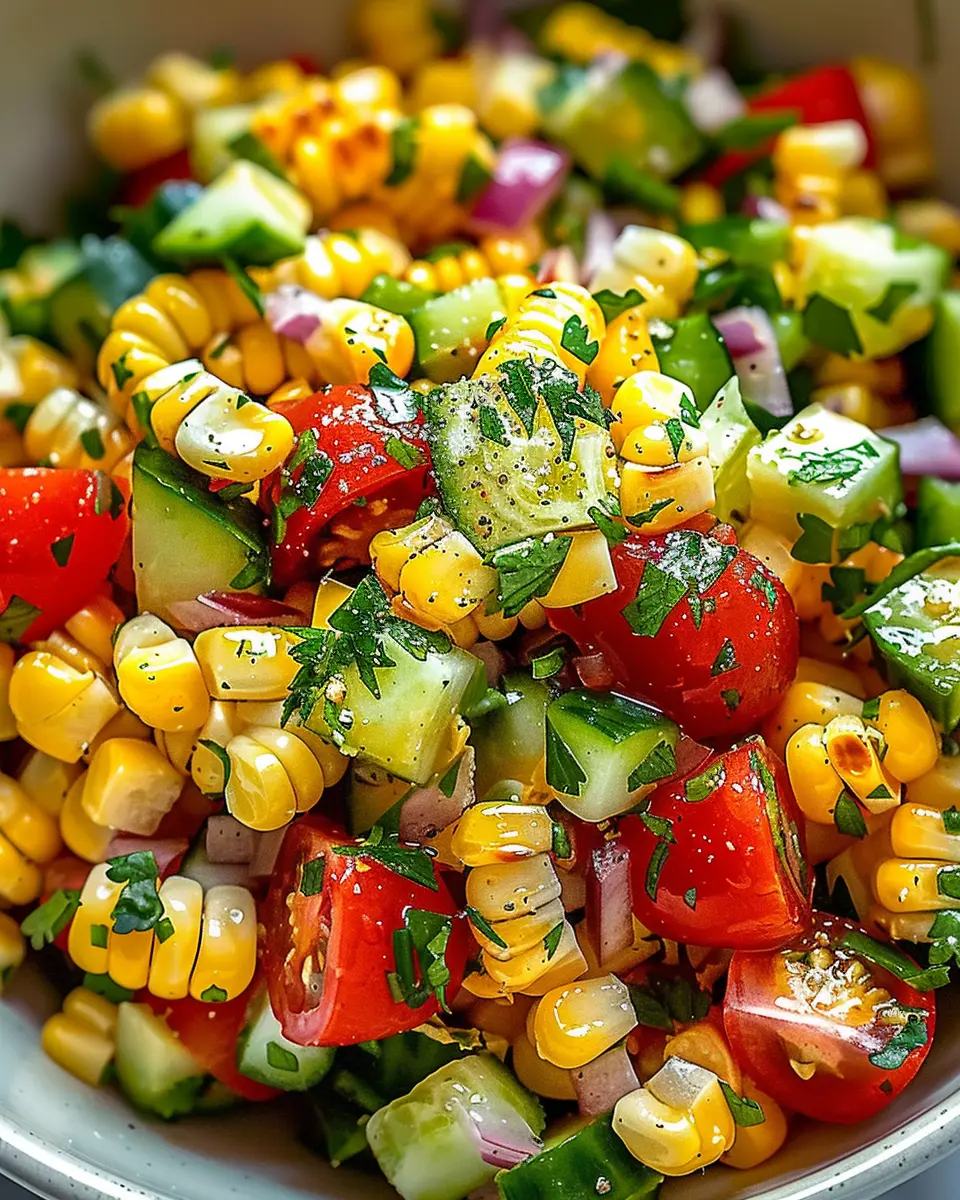Introduction to High-Protein Breakfasts Without Eggs
In the modern hustle of life, breakfast often gets overlooked, yet it’s one of the most crucial meals of the day. There’s been a noticeable rise in the popularity of high-protein breakfasts, and for a good reason. Research suggests that consuming protein in the morning can help keep you full longer and stabilize blood sugar levels, which is essential for maintaining energy throughout your busy day. So, what do you do when you want to boost your protein intake but aren’t a fan of eggs? That’s where high-protein breakfasts without eggs come into play.
Eggs have long been the go-to source for a protein-packed morning meal. However, many folks are looking for alternatives due to dietary restrictions, personal preferences, or simply wanting to mix things up. According to nutrition experts, there are plenty of other delicious and nutritious options available that can contribute to your protein goals without sacrificing taste or satisfaction. For example, Greek yogurt, cottage cheese, and protein-rich grains like quinoa can serve as fantastic bases for breakfast bowls or smoothies.
If you’re scratching your head about where to start, think about incorporating ingredients like chia seeds or nut butters. Both are excellent sources of protein and can easily be added to smoothies, overnight oats, or even spread on whole-grain toast for quick breakfasts that keep you energized.
When planning your meals, remember the balance of nutrients is key. In addition to focusing on protein, aim to include healthy fats and complex carbohydrates. This holistic approach will not only help you feel fuller longer but will also offer sustained energy throughout the morning.
Want more inspiration? Check out these sources on the benefits of high-protein diets: Healthline and Mayo Clinic.
With a little creativity and the right ingredients, you can whip up a variety of scrumptious high-protein breakfasts without eggs that will invigorate your morning routine. Ready to explore some delicious recipes? Let’s dive in!
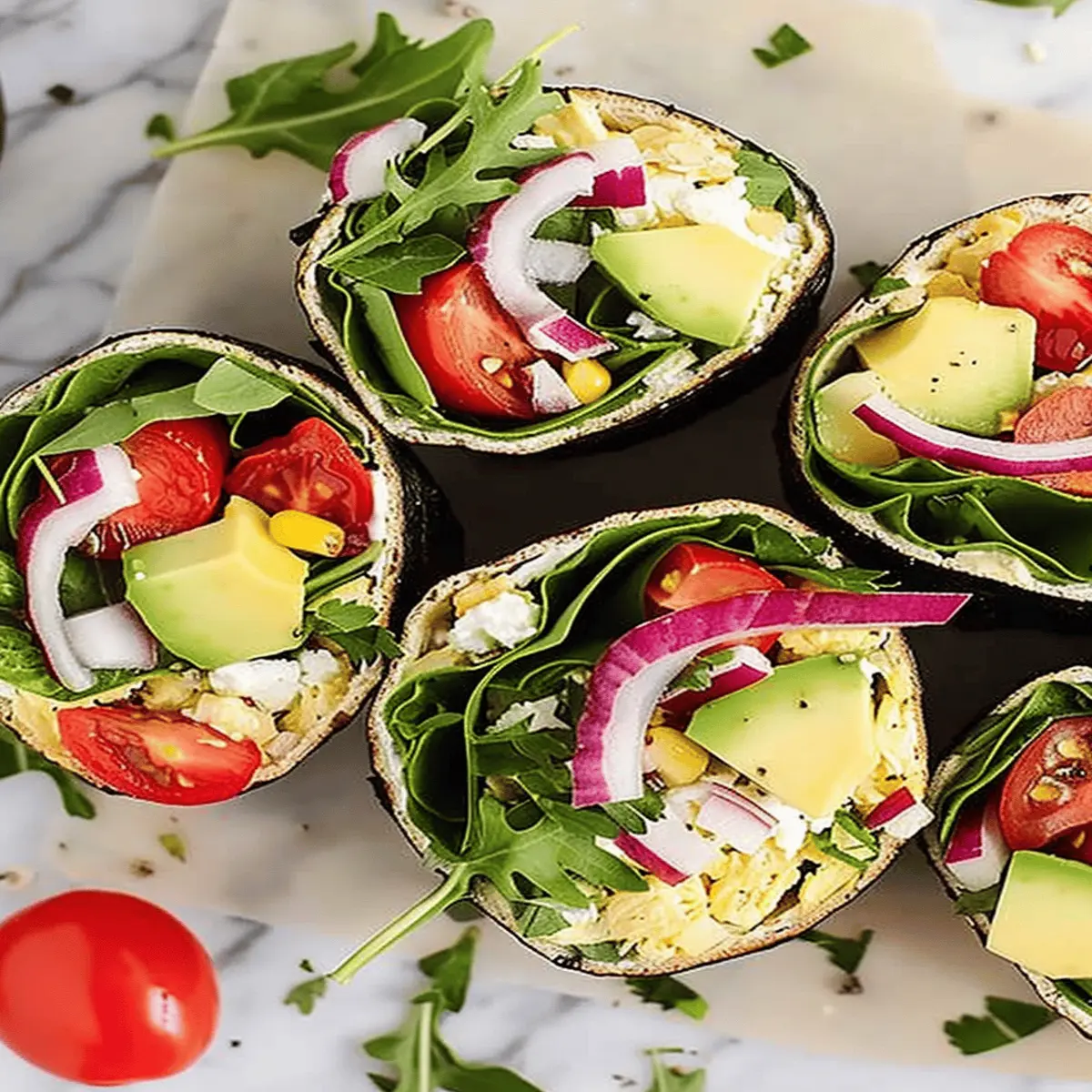
Ingredients for High-Protein Breakfasts Without Eggs
Creating high-protein breakfasts without eggs is not only feasible but also enjoyable! Let’s explore some essential pantry staples and delightful optional add-ins that can make your mornings both nutritious and flavorful.
Essential pantry staples
To kickstart your protein-packed breakfast, keep these ingredients handy:
- Greek Yogurt: Packed with protein and probiotics, it’s a creamy base for smoothies or parfaits.
- Cottage Cheese: This versatile ingredient can be blended into smoothies or eaten with fruits for a boost.
- Nut Butters: Almond, peanut, or cashew butters can elevate oatmeal or spread on whole-grain toast.
- Hemp Seeds: These tiny seeds offer a nutty flavor and are an excellent source of protein.
- Chia Seeds: When soaked, they create a gel-like consistency perfect for puddings.
These staples are not only rich in protein but can also keep you feeling full longer, making breakfast time a breeze.
Optional add-ins for flavor and nutrition
To elevate your high-protein breakfasts without eggs, consider these tasty add-ins:
- Fruits: Fresh berries, bananas, or apples offer natural sweetness and vitamins.
- Spinach or Kale: These leafy greens blend easily into smoothies, adding nutrients without overpowering flavors.
- Spices: A dash of cinnamon or vanilla extract can enhance taste in oats or yogurt dishes.
- Dark Chocolate Chips: For a fun treat, add a few dark chocolate chips to your meals.
By mixing and matching these ingredients, not only do you amplify protein content, but you also keep your breakfast diverse and exciting. Want more inspiration? Check out Healthline for additional ideas!
Preparing High-Protein Breakfasts Without Eggs
When it comes to kick-starting your day, nothing beats a hearty breakfast packed with protein. Breakfasts that are high in protein not only fuel your morning but can also keep you feeling full longer, which is essential for busy young professionals. But what if you’re looking for something egg-free? Let’s dive into preparing high-protein breakfasts without eggs that are delicious, satisfying, and easy to make.
Gather Your Ingredients
Before you can whip up a nourishing breakfast, it’s essential to stock your kitchen with the right ingredients. Start by making a list of what you might want. Here are some great options to consider:
- Protein sources:
- Greek yogurt
- Cottage cheese
- Tofu
- Tempeh
- Smoothie protein powders
- Grains and carbs:
- Quinoa
- Oats (rolled or steel-cut)
- Whole grain bread
- Buckwheat
- Chia seeds
- Dairy or alternatives:
- Almond milk, soy milk, or oat milk
- Regular milk or lactose-free alternatives
- Nut butters (peanut, almond, or cashew)
As you gather your ingredients, keep in mind that the fresher, the better. Organic produce and locally sourced items can elevate your breakfast both in flavor and nutritional value. Need some inspiration? Check out these high-protein breakfast ideas for more ingredient options!
Choose Your Base: Grains, Dairy, or Alternatives
Next, select a base for your breakfast. This will set the foundation for combining your protein sources:
- Whole grains like oats or quinoa provide a hearty, nutritious start.
- Dairy products such as Greek yogurt or cottage cheese offer that creamy texture while enhancing your protein intake.
- If you’re opting for a plant-based approach, alternatives like almond milk can serve as a great liquid base for smoothies or overnight oats.
Choosing the right base depends on your taste preferences and dietary needs, but don’t hesitate to experiment. Mixing and mingling bases can add unique textures and flavors, transforming your breakfast into something extraordinary!
Mix and Match Your Protein Sources
Here comes the exciting part: mixing and matching! The world of high-protein breakfasts without eggs is your oyster.
Try pairing:
- Greek yogurt topped with chia seeds and fresh fruit for a refreshing bowl.
- Smoothies with protein powder, almond butter, and spinach for a nutritious, on-the-go option.
- Quinoa porridge cooked in almond milk with berries and nuts for a warm and filling meal.
You’d be surprised at the variety you can achieve just by combining different protein sources and bases. Many experts recommend aiming for around 20–30 grams of protein for a filling breakfast, which can be easily achieved through these combinations.
Combine All Ingredients and Prepare to Cook
Once you’ve identified your ingredients, it’s time to get cooking! The method will vary based on your chosen recipe, but generally, you’ll want to:
- Prepare your base (e.g., cook oats or quinoa, or pour yogurt into a bowl).
- Add your chosen protein sources.
- Incorporate any extra flavors like cinnamon, honey, or vanilla extract, if you’d like!
Make sure to keep the cooking process efficient, especially if you’re running late. Quick recipes or those that can be prepped ahead of time (like overnight oats) can save you precious minutes.
Finish with Toppings and Serve
Now that your main dish is ready, it’s time for the finishing touches. Toppings not only make your meal look appetizing but can also add additional nutrients. Consider:
- Fresh fruits like bananas, berries, or apples
- Crunchy elements such as nuts or granola
- Drizzles of honey, maple syrup, or nut butter
Serve your creation in a pretty bowl or plate, and enjoy! Remember, breakfast is not just about nourishing your body; it’s also a time for self-care and enjoying the little moments of your day.
With these tips, you’re all set to prepare high-protein breakfasts without eggs that make your mornings not just healthy, but delicious too!
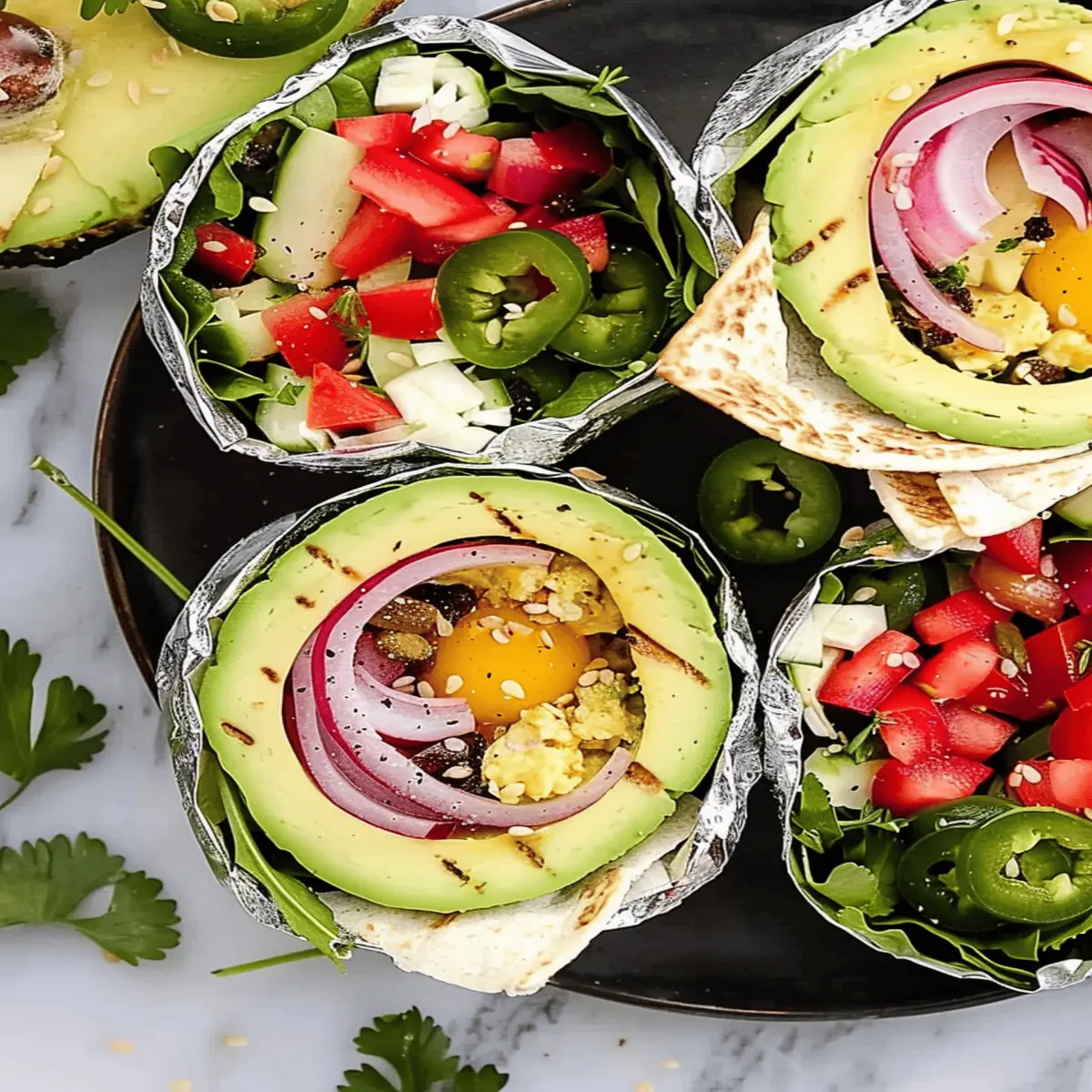
Variations of High-Protein Breakfasts Without Eggs
Savory Options for a Salty Start
If you’re looking for high-protein breakfasts without eggs, savory dishes are a fantastic way to kickstart your day. Consider whipping up a Greek yogurt parfait layered with nuts and seeds for a creamy, tangy delight. Greek yogurt alone packs a powerful protein punch, clocking in at about 10 grams per 100 grams.
Another savory contender is tofu scrambles. Seasoned with your favorite spices and veggies, tofu can mimic the texture of scrambled eggs while providing around 8 grams of protein per serving. Pair it with whole-grain toast or a tortilla for a filling meal.
Lastly, don’t overlook the charm of a quinoa breakfast bowl. Toss cooked quinoa with sautéed vegetables, avocado, and a sprinkle of cheese for a nutritious bowl that boasts over 8 grams of protein in just one cup! You can learn more about quinoa’s benefits in this article from Healthline.
Sweet Twists on Classic Breakfast Foods
If you have a sweet tooth, there are still plenty of options to satisfy your cravings while increasing your protein intake. Try cottage cheese pancakes, made by blending cottage cheese with oats and a ripe banana. These fluffy pancakes not only taste delicious but also provide about 15 grams of protein per serving.
For a quick fix, a smoothie with protein powder can be your go-to. Mix your favorite fruits with milk or a milk alternative and add a scoop of protein powder. In just minutes, you’ll have a delightful breakfast packed with protein and nutrients.
Make sure to explore other creative ways to enjoy high-protein breakfasts without eggs. A little experimentation can lead you to your new favorite morning meal!
Cooking Tips and Notes for High-Protein Breakfasts Without Eggs
How to Optimize Flavor and Texture
Creating high-protein breakfasts without eggs can be an exciting adventure! Consider these tips for delicious results:
- Spices and Herbs: Don’t shy away from bold spices like cumin, paprika, or fresh herbs such as cilantro and basil. They can elevate the simplest ingredients.
- Healthy Fats: Incorporating ingredients like avocado, nut butters, or olive oil can add both creaminess and flavor depth.
- Texture Variety: Mix crunchy elements like nuts or seeds with creamy bases like yogurt or smoothies. Contrast makes each bite interesting.
Meal Prep and Storage Tips
Planning ahead is key. Here’s how to keep your high-protein breakfasts fresh:
- Batch Cooking: Prepare large quantities of items like quinoa, legumes, or overnight oats. These can be easily portioned for quick breakfasts throughout the week.
- Storage Options: Use airtight containers in the fridge for perishable items and consider freezing excess portions. You can learn more about proper food storage techniques at the USDA’s Food Safety page.
- Reheat Wisely: For best results, reheat in small increments to maintain texture—nobody enjoys a rubbery breakfast!
By following these tips, you’re sure to create satisfying and nutritious breakfast options that kickstart your day!
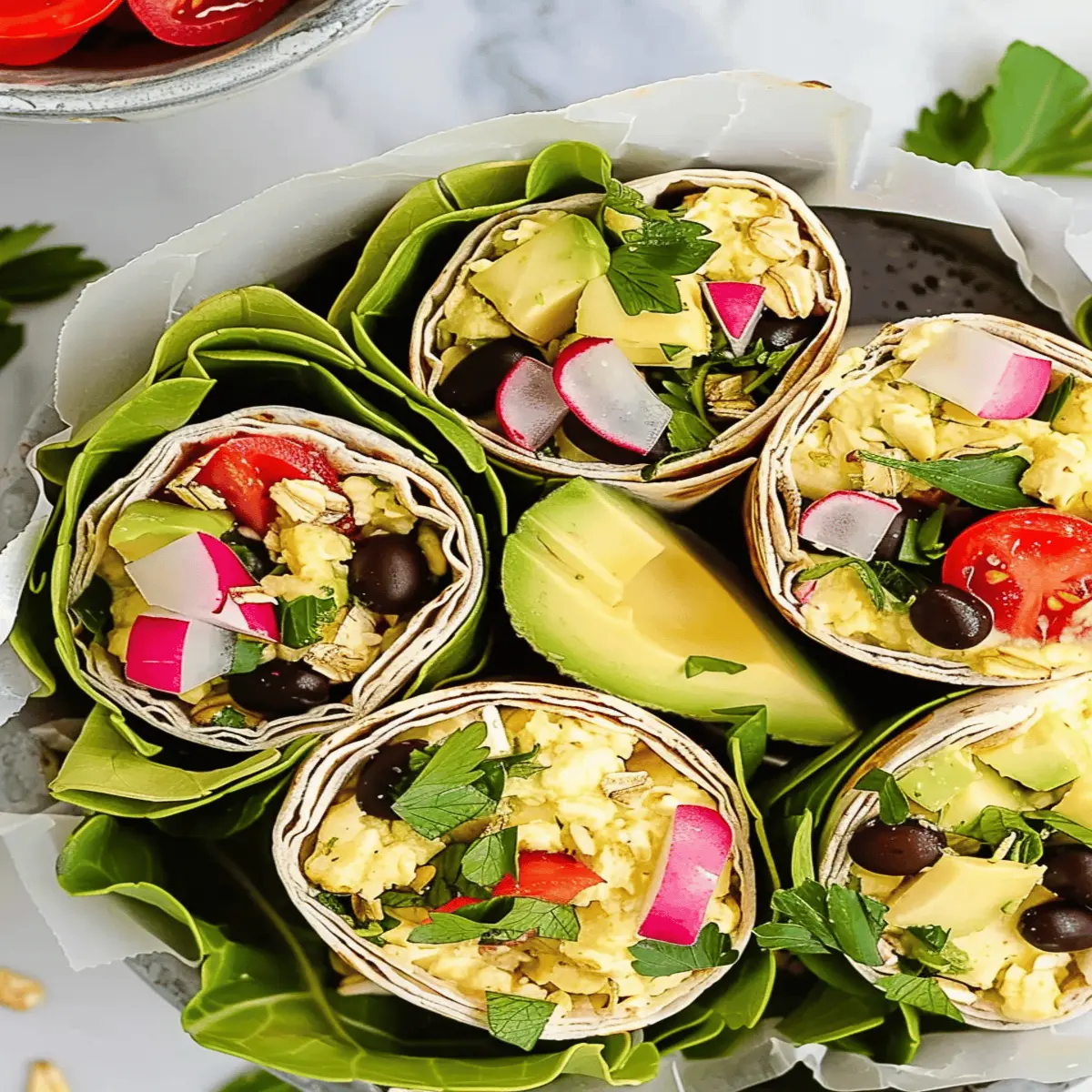
Serving Suggestions for High-Protein Breakfasts Without Eggs
On-the-go options
For busy mornings, high-protein breakfasts without eggs can still be quick and delicious. Consider blending a protein-packed smoothie with Greek yogurt, spinach, and your favorite fruits—throw it in a travel mug, and you’re set! Alternatively, try overnight oats mixed with protein powder, chia seeds, and nuts. Just grab a jar from the fridge, and you’ve got a nutritious breakfast ready to eat. If you need something even more portable, protein bars or nut butter packets paired with whole-grain toast are fantastic choices that can easily fit into your busy lifestyle.
Plating ideas for a sit-down meal
When you have a little more time for breakfast, take a moment to plate your high-protein breakfast without eggs with style. Serve a vibrant smoothie bowl topped with fresh berries, granola, and seeds in a shallow bowl for a delightful visual appeal. For a heartier meal, stack some buckwheat pancakes layered with cottage cheese and sliced bananas on a colorful plate. This not only looks appetizing but can also spark conversation at the table! Remember, the more inviting your meal looks, the more enjoyable it becomes.
For more tips on healthy breakfasts, check out this nutrition guide for ideas that can keep you energized throughout the day.
Time Breakdown for High-Protein Breakfasts Without Eggs
When you’re in a rush but still want a nutritious start to your day, understanding the time commitment for high-protein breakfasts without eggs can be a lifesaver. Here’s a quick breakdown to help you plan better!
Preparation Time
Typically, preparation for most of these recipes ranges from 5 to 15 minutes. This gives you just enough time to gather your ingredients and prep your meal calmly.
Cooking Time
Cooking durations vary but generally fall between 10 and 20 minutes. Quick cooking methods, like blending a smoothie or toasting bread, can speed things along!
Total Time
Overall, you can expect a total time investment of 15 to 35 minutes. That’s perfect for busy mornings!
By knowing these timeframes, you can whip up delicious, protein-packed breakfasts and still make it to your first meeting on time. For in-depth techniques and tips, check out Healthline for more insights!
Nutritional Facts for High-Protein Breakfasts Without Eggs
When it comes to high-protein breakfasts without eggs, understanding the nutritional breakdown can help you make informed choices. Let’s dive into the essentials of what you can expect from these meals.
Breakdown of Calories
Typically, high-protein breakfasts can range from 300 to 500 calories per serving. For instance, a smoothie bowl made with Greek yogurt and almond butter can provide a satisfying balance of protein and calories, keeping you full longer.
Protein Content Per Serving
Most high-protein breakfast options deliver between 15 to 30 grams of protein per serving. For example, protein-packed overnight oats can offer a robust 20 grams if you add nuts or seeds. This is key for those looking to build muscle or maintain energy throughout a busy morning.
Fiber and Other Nutrients
In addition to protein, a well-balanced breakfast should include fiber and other essential nutrients. Many oatmeal or smoothie recipes incorporate fruits and whole grains, which contribute about 5 to 10 grams of fiber. Foods rich in fiber not only support digestion but also help stabilize blood sugar levels.
By selecting ingredients wisely, you can craft a high-protein breakfast that supports your health goals while keeping meals tasty and exciting. For even more in-depth insights, you might find these nutrition facts helpful!
FAQs about High-Protein Breakfasts Without Eggs
What are some common high-protein substitutes?
If you’re on the lookout for high-protein breakfasts without eggs, consider these delicious options:
- Greek yogurt: Packed with protein, it’s versatile for smoothies, parfaits, or on its own with fruit and nuts.
- Cottage cheese: Creamy and rich in protein, it can be topped with fruits or combined with savory ingredients like herbs.
- Nut butters: Peanut or almond butter adds richness and protein to smoothies, toast, or oatmeal.
- Protein powder: Easily mixed into smoothies or overnight oats for an extra boost. Check out Healthline for insights on types of protein powders.
By using these substitutes, you can create satisfying meals that nourish you throughout the morning.
How can I ensure my breakfast is balanced?
Creating a balanced breakfast isn’t just about protein. Aim for a combination of:
- Healthy fats: Include foods like avocado or nuts to keep you full.
- Fiber-rich carbs: Whole grains, fruits, or vegetables provide energy and aid digestion.
Mixing these components into your high-protein breakfasts without eggs will help maintain steady energy levels and enhance your overall well-being.
Can high-protein breakfasts help with weight management?
Absolutely! Studies show that high-protein breakfasts can promote feelings of fullness and reduce cravings later in the day. According to the American Journal of Clinical Nutrition, a high-protein meal can increase satiety hormones while decreasing the hunger hormone ghrelin. If you’re focusing on weight management, try integrating various high-protein ingredients into your morning routine and watch how your energy and cravings shift throughout the day!
Conclusion on High-Protein Breakfasts Without Eggs
In conclusion, embracing high-protein breakfasts without eggs can lead to a deliciously varied morning routine that fuels your day. Dishes packed with protein not only help keep you satisfied but also support muscle maintenance and overall energy levels.
Recap the Benefits and Encourage Experimentation
Consider experimenting with ingredients like Greek yogurt, cottage cheese, or plant-based proteins to discover new flavors and textures. Try swapping out the usual breakfast staples for these protein-rich options that keep your meals exciting.
Remember, the key to a fulfilling breakfast is balance and creativity! Explore the possibilities, and you’ll likely find dishes that delight your taste buds. For more insights on nutrition, check out resources from the Harvard T.H. Chan School of Public Health or American Heart Association. Enjoy the journey of delicious, energizing breakfasts!
PrintHigh-Protein Breakfasts Without Eggs: 11 Easy & Delicious Ideas
Discover 11 high-protein breakfasts that don’t include eggs, perfect for starting your day off right!
- Prep Time: 15 minutes
- Cook Time: 0 minutes
- Total Time: 15 minutes
- Yield: 2 servings 1x
- Category: Breakfast
- Method: No-Cook, Cooked
- Cuisine: American
- Diet: High-Protein
Ingredients
- 1 cup Greek yogurt
- 1/2 cup cottage cheese
- 1/2 cup rolled oats
- 1 scoop protein powder
- 1/4 cup almond butter
- 1 cup quinoa
- 1/2 cup chia seeds
- 1 cup milk (dairy or non-dairy)
- 1 medium banana
- 1/4 cup nuts (your choice)
- 1 tablespoon hemp seeds
Instructions
- Combine Greek yogurt and protein powder in a bowl and mix until smooth.
- Add rolled oats and your choice of nuts to the mixture and stir well.
- Top with sliced banana and a drizzle of almond butter before serving.
- For overnight oats, mix oats, milk, and seeds in a jar and leave it overnight.
- Cook quinoa according to package instructions and serve warm with your favorite toppings.
Notes
- Adjust sweetness with honey or maple syrup if desired.
- Chia pudding can be made a night in advance for a quick breakfast.
Nutrition
- Serving Size: 1 serving
- Calories: 350
- Sugar: 10 grams
- Sodium: 150 mg
- Fat: 15 grams
- Saturated Fat: 2 grams
- Unsaturated Fat: 10 grams
- Trans Fat: 0 grams
- Carbohydrates: 40 grams
- Fiber: 5 grams
- Protein: 30 grams
- Cholesterol: 5 mg
Keywords: high-protein breakfast, breakfast ideas, no eggs, healthy breakfast
